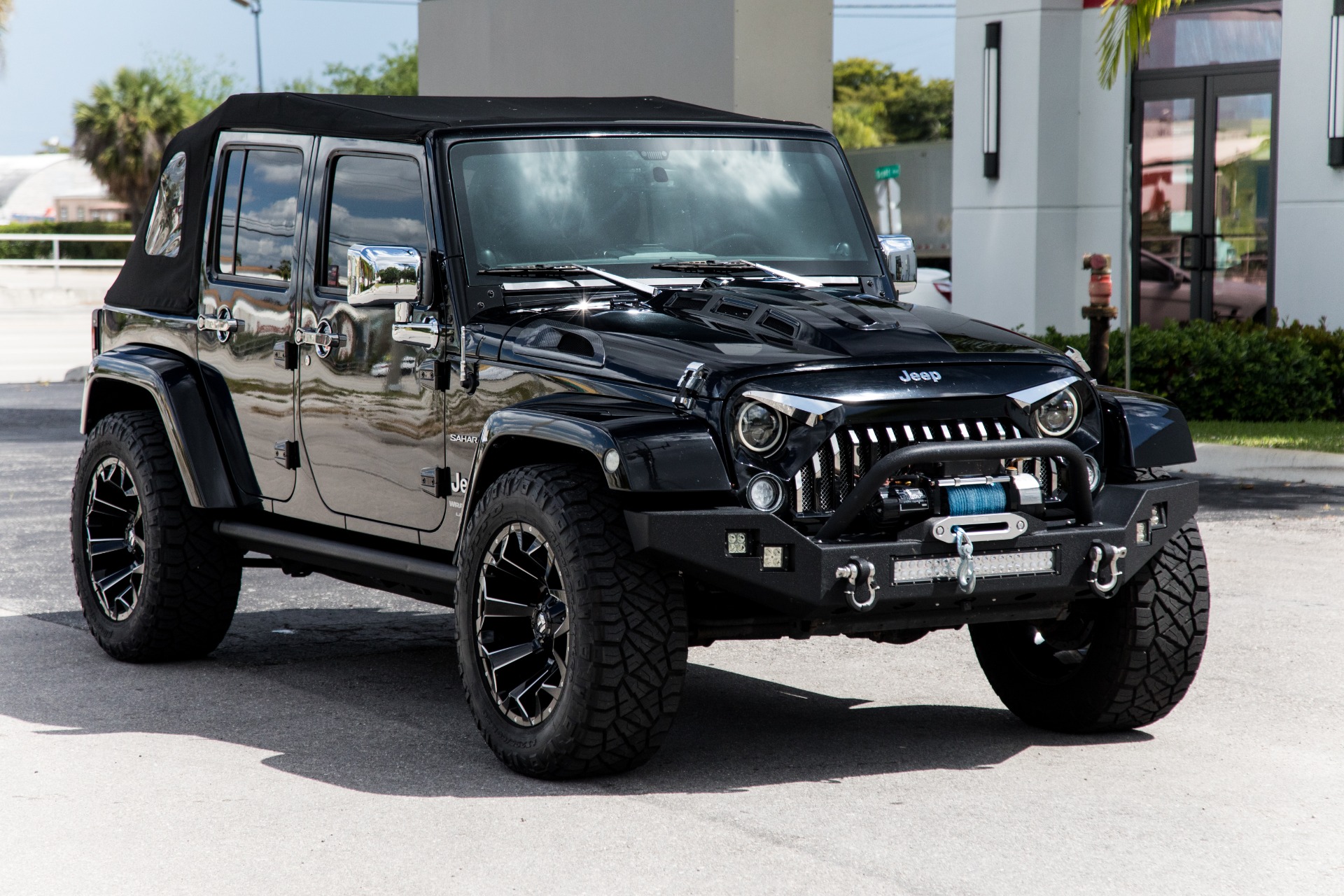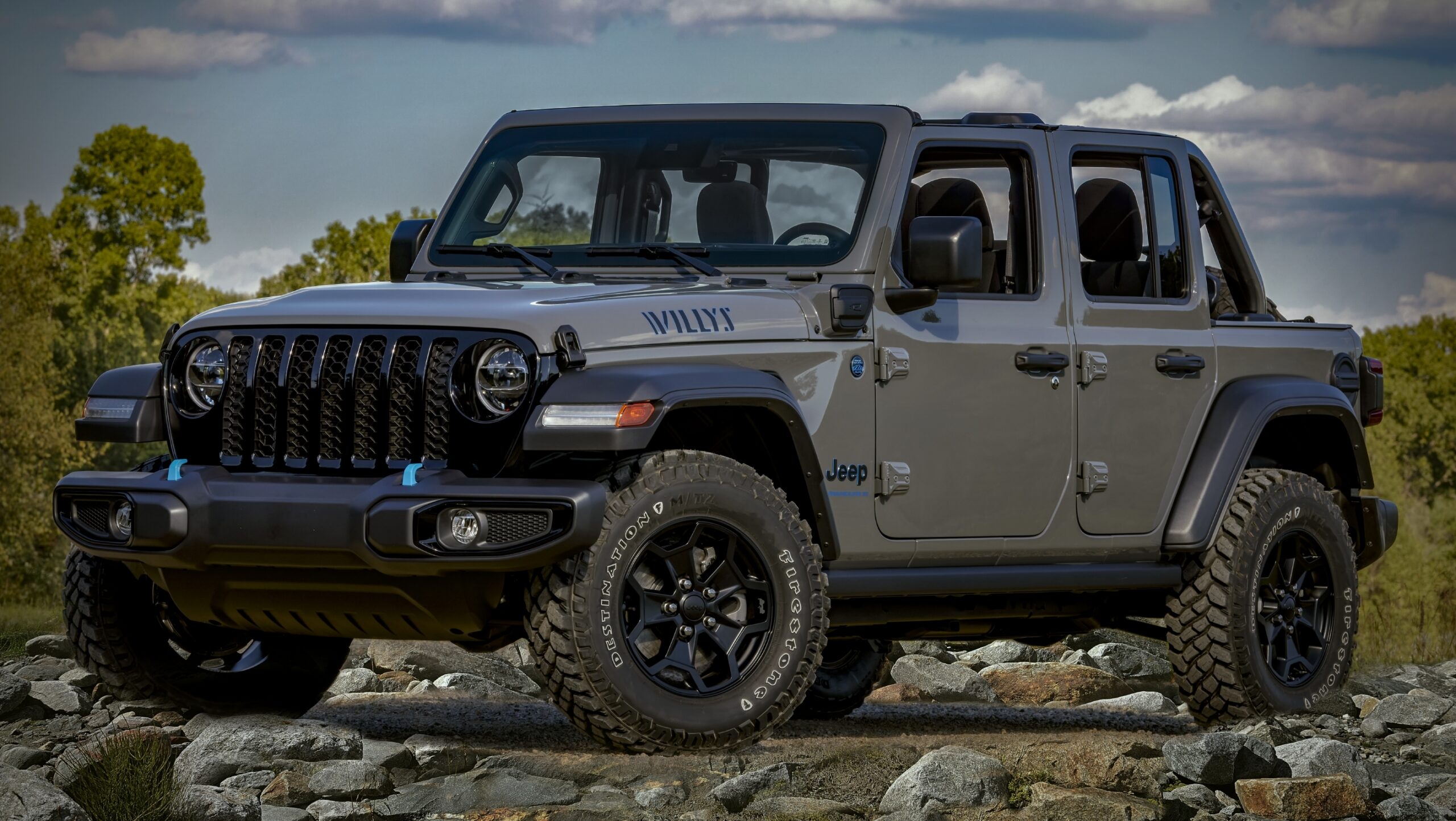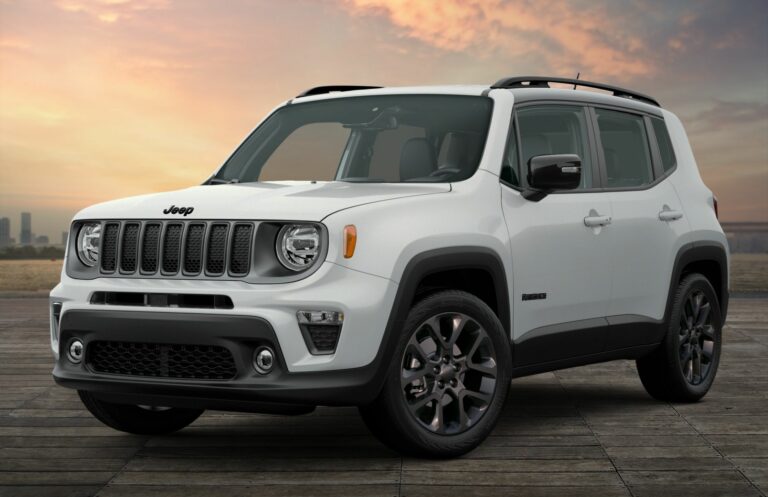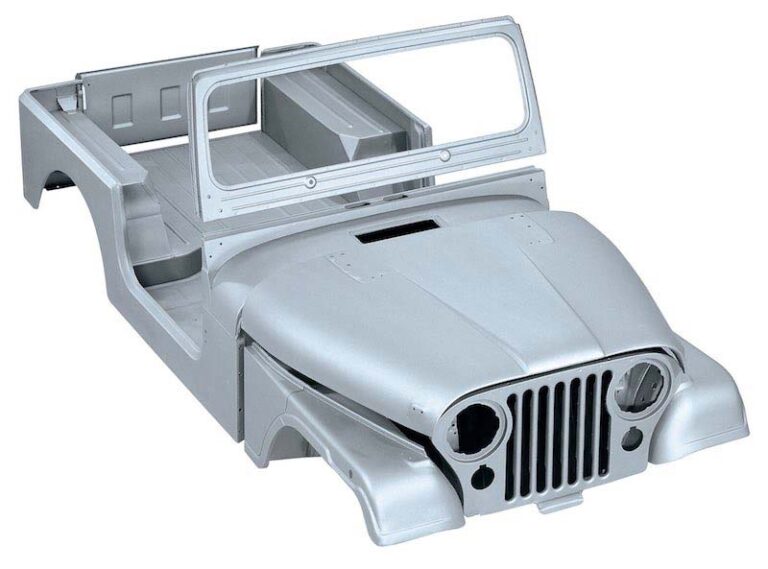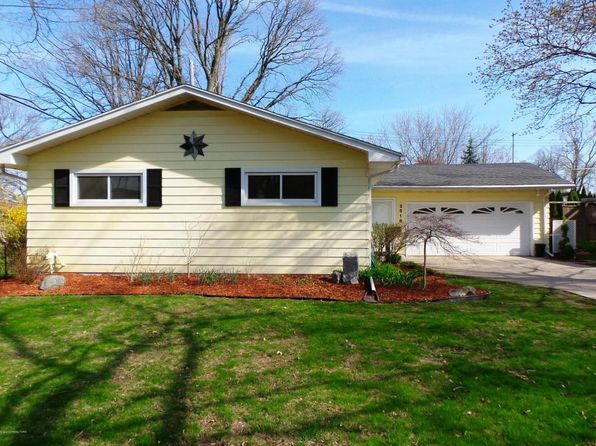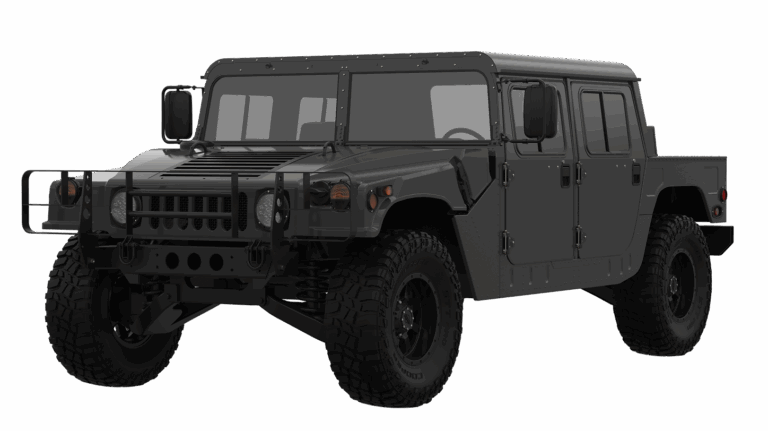Wrangler Jeep V8: Unleashing Unrivaled Power and Performance
Wrangler Jeep V8: Unleashing Unrivaled Power and Performance jeeps.truckstrend.com
The Jeep Wrangler, an icon of off-road prowess and adventure, has always been synonymous with rugged capability. However, for a dedicated segment of enthusiasts, the standard powertrain, while competent, often left them yearning for something more – a deeper roar, a more commanding surge of power. Enter the Wrangler Jeep V8, a formidable combination that elevates the legendary off-roader from capable to truly exhilarating. This article delves into the world of V8-powered Wranglers, exploring everything from factory-built marvels to intricate aftermarket conversions, offering a comprehensive guide to understanding, acquiring, and enjoying these magnificent machines.
1. Introduction: The Roar of Power – Defining the V8 Wrangler
Wrangler Jeep V8: Unleashing Unrivaled Power and Performance
A Wrangler Jeep V8 isn’t just a vehicle; it’s a statement. It represents the ultimate fusion of raw American muscle with the unyielding spirit of off-road exploration. For decades, the idea of stuffing a potent V8 engine into the relatively compact Wrangler chassis was a dream for many, often realized through complex and expensive aftermarket conversions. However, in recent years, Jeep itself answered the call with the introduction of a factory V8 option, cementing the V8 Wrangler’s place in automotive history.
This powerful pairing transcends mere horsepower figures; it’s about the visceral experience. The deep, resonant rumble of a V8 engine, the immediate surge of torque, and the feeling of virtually limitless power underfoot transform the Wrangler into something truly extraordinary. Whether it’s conquering treacherous rock trails with low-end grunt or cruising highways with effortless acceleration, the V8 Wrangler delivers a driving experience unlike any other.
2. The Genesis of Power: Why a V8 in a Wrangler?
The question isn’t "why?" but "why not?". The allure of a V8 in a Wrangler stems from several compelling factors:
- Unmatched Performance: While modern V6 and inline-4 turbocharged engines offer respectable power, a V8 delivers a different league of performance. Its inherently balanced design, abundant low-end torque, and linear power delivery are ideal for both on-road acceleration and challenging off-road scenarios.
- Off-Road Prowess: The substantial torque output of a V8 is a game-changer for off-roading. It allows for precise control during rock crawling, where gentle throttle inputs can overcome obstacles without excessive wheelspin. For high-speed desert running or dune bashing, the sustained power ensures the Wrangler can maintain momentum over soft terrain.
- The "Cool" Factor and Sound: Let’s face it, there’s an undeniable coolness associated with a V8. The iconic burble, the aggressive exhaust note, and the sheer presence of a V8-powered Wrangler turn heads wherever it goes. It appeals to enthusiasts who value not just performance but also the sensory experience of driving.
- Addressing Perceived Limitations: For some long-time Wrangler owners, the stock powertrains, especially in older generations, felt underpowered for their driving style or desired modifications (e.g., larger tires, heavy armor). A V8 effectively eliminates any such concerns, providing a vast surplus of power.
![]()
3. The Factory Beast: Jeep Wrangler Rubicon 392
For years, a factory V8 Wrangler was a myth, a fervent wish among the Jeep faithful. That changed dramatically with the introduction of the Jeep Wrangler Rubicon 392. Unveiled in 2021, this model is the answer to decades of demand, delivering a truly turn-key, warranty-backed V8 experience.
- Heart of the Beast: The Rubicon 392 is powered by a naturally aspirated 6.4-liter (392 cubic inch) HEMI V8 engine. This powerhouse generates an impressive 470 horsepower and 470 lb-ft of torque, propelling the Wrangler from 0 to 60 mph in a blistering 4.5 seconds.
- Engineered for Performance: Mated to a robust eight-speed automatic transmission, the 392’s power is efficiently delivered to Jeep’s Selec-Trac full-time active transfer case. It features a unique performance exhaust system with active dual modes, allowing drivers to switch between a quieter mode and a full, throaty V8 roar.
- Rubicon Enhancements: Beyond the engine, the 392 benefits from all the Rubicon’s legendary off-road capabilities, including Dana 44 heavy-duty axles, electronic front and rear locking differentials, and an electronic sway bar disconnect. Unique to the 392 are a functional hood scoop for improved airflow, reinforced frame rails, upgraded brakes, and a 2-inch factory lift with specially tuned Fox shocks, providing 10.3 inches of ground clearance.
- Benefits of Factory Tuning: The 392 offers seamless integration of the powertrain with all vehicle systems, ensuring optimal performance, reliability, and emissions compliance. It comes with a full factory warranty, providing peace of mind that aftermarket swaps simply cannot match.
- Considerations: While exhilarating, the 392 comes with a premium price tag and, as expected, a thirst for fuel, averaging around 14-17 MPG combined.


4. The Custom Route: Aftermarket V8 Swaps
Long before the 392, and continuing to this day, the aftermarket V8 swap scene has been a vibrant and essential part of the V8 Wrangler story. This route offers unparalleled customization and the ability to breathe new life into older Wrangler generations (TJ, JK, JL) or achieve specific power goals not met by the factory option.
- Why Swap? Owners opt for swaps for various reasons:
- To equip older Wranglers (TJ, JK) with modern V8 power.
- To choose a specific V8 engine (e.g., a supercharged Hellcat or a lightweight LS).
- To build a truly unique, one-off vehicle.
- Potentially a more cost-effective way to get V8 power into a pre-owned Wrangler than buying a new 392.
- Popular Engine Choices:
- GM LS Series: The undisputed king of aftermarket swaps. Engines like the LS1, LS3, LS7, LSA, and even the supercharged LT4 are favored for their incredible power-to-weight ratio, reliability, compact size, vast aftermarket support, and relative affordability.
- Chrysler HEMI Series: For Mopar purists, swapping a 5.7L, 6.4L, or even a monstrous 6.2L Hellcat HEMI (producing over 700 HP!) into a Wrangler maintains brand loyalty and delivers earth-shattering power.
- What a Swap Entails: An engine swap is a complex undertaking, far more involved than simply dropping a new engine in. It typically requires:
- Engine & Transmission: The V8 engine itself, often with a compatible automatic or manual transmission.
- Mounts: Custom engine and transmission mounts to fit the V8 into the Wrangler’s chassis.
- Wiring Harness & ECU: A specialized wiring harness to integrate the V8’s electronics with the Wrangler’s body control modules, and a custom-tuned Engine Control Unit (ECU).
- Cooling System: Significantly upgraded radiator, fans, and sometimes an auxiliary cooler to manage the increased heat output.
- Fuel System: Larger fuel pump, lines, and sometimes a new fuel tank to meet the V8’s demands.
- Exhaust System: Custom headers and exhaust routing to fit the chassis and meet noise/emissions (if applicable) standards.
- Drivetrain Upgrades: Crucially, the stock axles, driveshafts, and even the transfer case in many Wranglers are not designed to handle V8 torque. Upgrades to heavy-duty Dana 60 or 80 axles, stronger driveshafts, and reinforced transfer cases are often necessary.
- Labor: Professional installation by a reputable shop specializing in V8 swaps is highly recommended due to the complexity.
5. Performance and Capability: What a V8 Wrangler Delivers
Whether factory or custom, the V8 Wrangler offers a transformative driving experience:
- On-Road Domination: Acceleration is instant and relentless. Highway merging, passing slower traffic, and maintaining speed on inclines become effortless. The added weight of the V8 often improves highway stability, making long trips more comfortable.
- Off-Road Mastery: The low-end torque is invaluable for technical off-roading. It allows for controlled, slow-speed maneuvers over obstacles, reducing the need for high RPMs and minimizing wheel spin. For sand dunes or mud bogs, the sheer power ensures momentum is maintained, pulling the Jeep through challenging terrain.
- Auditory Delight: The deep, throaty growl of a V8 is music to the ears of any enthusiast. It adds a raw, mechanical symphony that enhances every drive, on or off-road.
- Towing Prowess: With significantly more power and torque, the V8 Wrangler becomes a much more capable tow vehicle, easily handling trailers, boats, or other toys.
6. Important Considerations Before Taking the Plunge
Embarking on the V8 Wrangler journey, especially through an aftermarket swap, requires careful consideration:
- Cost: This is arguably the biggest factor. While a factory 392 has a set MSRP, aftermarket swaps can range wildly depending on the engine, components, and labor. Factor in not just the swap cost but also potential drivetrain upgrades.
- Complexity & Expertise: Aftermarket swaps are complex engineering feats. Unless you possess advanced mechanical skills and specialized tools, professional installation is highly recommended. Choosing a reputable shop is paramount.
- Reliability: A properly executed swap using quality components and expert tuning can be very reliable. However, a poorly done swap can lead to endless headaches, electrical gremlins, and mechanical failures.
- Legality & Emissions: This is a critical point for aftermarket swaps. Many states have strict emissions regulations that a non-OEM V8 swap may struggle to pass. Research your local laws thoroughly before committing. Some shops specialize in "emissions-compliant" swaps.
- Drivetrain Durability: Stock Wrangler components (especially axles and transfer cases in older models) are often not designed to handle the V8’s immense torque. Upgrading these components is crucial to prevent premature wear or catastrophic failure, adding to the overall cost.
- Insurance: Expect higher insurance premiums due to the increased power and value of the vehicle.
- Resale Value: A factory Rubicon 392 generally holds its value well. Custom V8 swaps, while desirable to a niche market, can be harder to sell to the general public and may not recoup the full cost of the conversion.
7. Choosing Your V8 Wrangler: Factory vs. Aftermarket
Deciding between a factory-built Rubicon 392 and a custom aftermarket swap depends on your priorities:
-
Factory (Rubicon 392):
- Pros: Full factory warranty, seamless integration, guaranteed emissions compliance, refined driving experience, immediate availability (if in stock).
- Cons: Higher initial purchase price, limited customization options for the powertrain, specific fuel economy.
- Best for: Those who want turn-key, reliable V8 power with peace of mind, and are willing to pay for a premium, integrated package.
-
Aftermarket Swap:
- Pros: Ultimate customization (engine choice, specific power goals), can be done on older/cheaper Wrangler platforms, rewarding for those who want a truly unique build.
- Cons: No factory warranty, significant upfront cost and potential for hidden costs, legal/emissions complexities, potential reliability issues if not done correctly, long build times.
- Best for: Enthusiasts who seek maximum customization, have a specific vision, are comfortable with complexity, or want to revitalize an older Wrangler.
8. Tips for Ownership and Maintenance
Owning a V8 Wrangler, especially a swapped one, requires diligent maintenance:
- Regular Fluid Checks: Monitor oil, coolant, transmission fluid, and differential fluid levels frequently. V8s, especially high-performance ones, can generate more heat and stress fluids.
- Monitor Temperatures: Keep an eye on engine and transmission temperatures, especially during heavy off-roading or hot weather. Consider aftermarket gauges if your vehicle doesn’t have them.
- Quality Fuel: Always use the recommended octane fuel. V8s, particularly high-compression or supercharged ones, are often tuned for premium fuel.
- Address Issues Promptly: Any new noises, leaks, or warning lights should be investigated immediately. Don’t defer maintenance on such a specialized vehicle.
- Professional Servicing: For swapped vehicles, it’s wise to have it serviced by the shop that performed the swap or another reputable V8 conversion specialist. They understand the nuances of the custom build.
- Enhanced Cooling Solutions: If you plan on extreme off-roading or live in a hot climate, consider upgrading your cooling system beyond the basics, especially for swapped vehicles.
9. Challenges and Solutions
While exhilarating, V8 Wranglers can present unique challenges, particularly for swapped vehicles:
- Heat Management:
- Challenge: V8s generate more heat than stock engines, which can be problematic in a tightly packed Wrangler engine bay, especially during low-speed off-roading.
- Solution: Oversized radiators, high-performance electric fans, hood vents, and sometimes auxiliary coolers for engine oil or transmission fluid.
- Drivetrain Breakage:
- Challenge: The immense torque can easily overwhelm stock axles, driveshafts, and even transfer cases, leading to costly failures.
- Solution: Upgrading to heavy-duty axles (e.g., Dana 60), stronger driveshafts (1350 or 1410 series), and potentially a more robust transfer case (e.g., Atlas).
- Vibration/Noise:
- Challenge: Improperly balanced driveshafts, poor engine/transmission mount alignment, or inadequate exhaust routing can lead to excessive vibrations or drone.
- Solution: Professional installation with attention to detail, proper driveshaft balancing, and high-quality exhaust components.
- Emissions Compliance (Swaps):
- Challenge: Meeting state emissions standards can be difficult with non-OEM engine swaps.
- Solution: Research local laws, ensure the donor engine is from a newer vehicle (if applicable), utilize all original emissions equipment from the donor engine, and ensure a proper ECU tune. Some states offer exemptions for older vehicles.
10. Price Table: Wrangler Jeep V8 Costs (Estimates)
The cost of a V8 Wrangler varies significantly based on whether it’s a factory model or an aftermarket conversion.
| Item/Category | Description | Estimated Price Range (USD) | Notes
